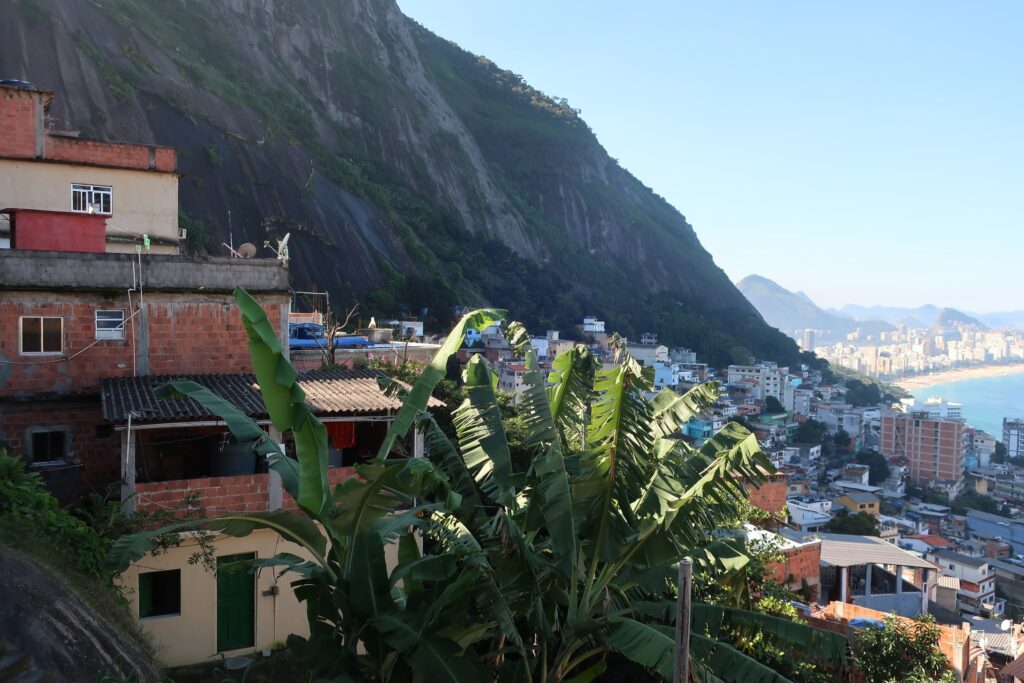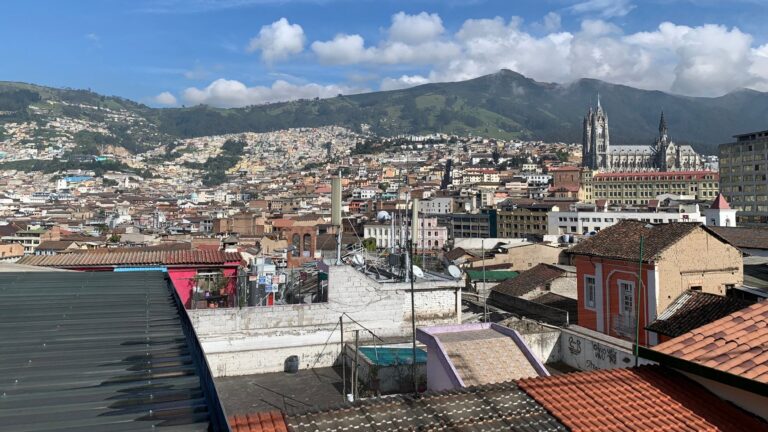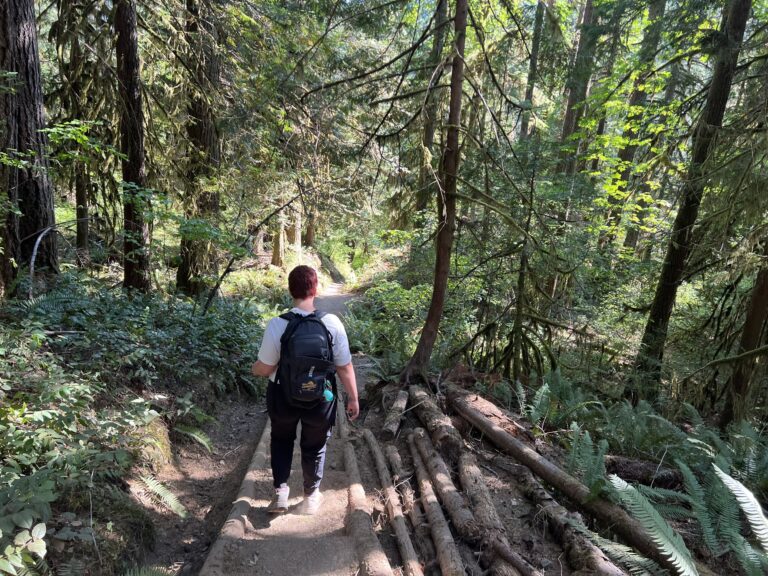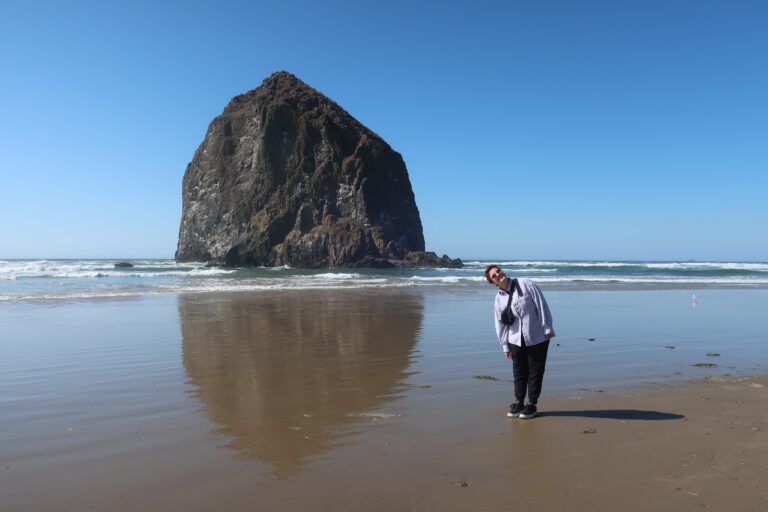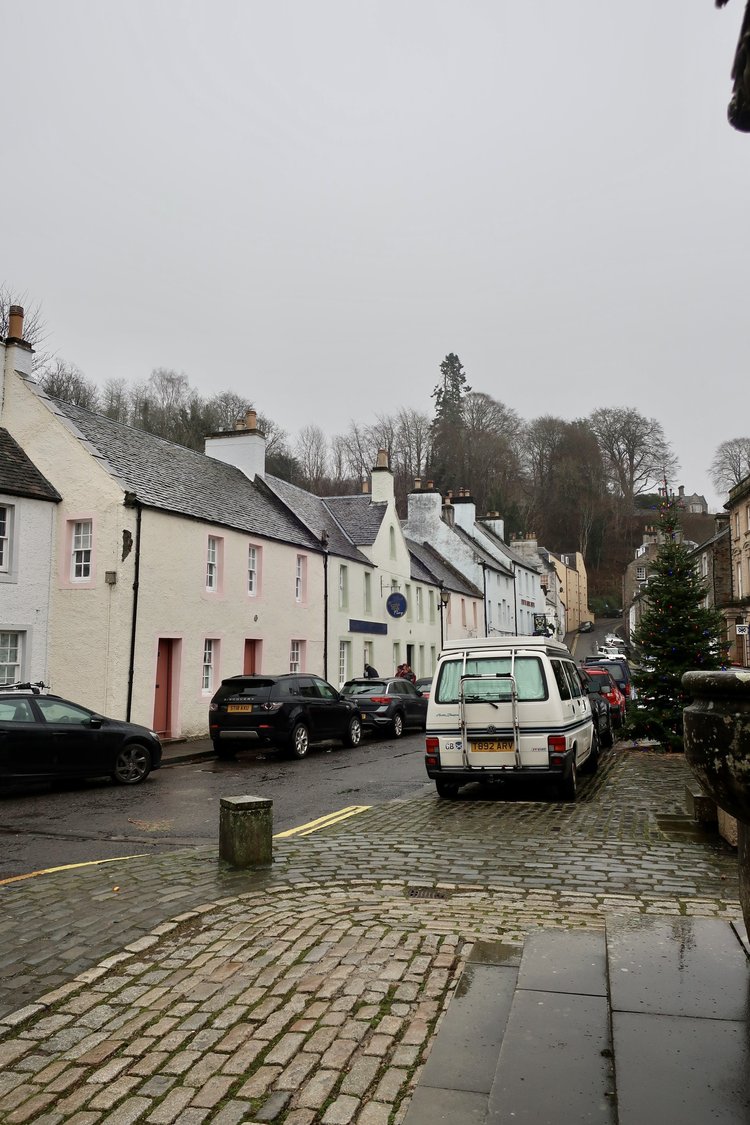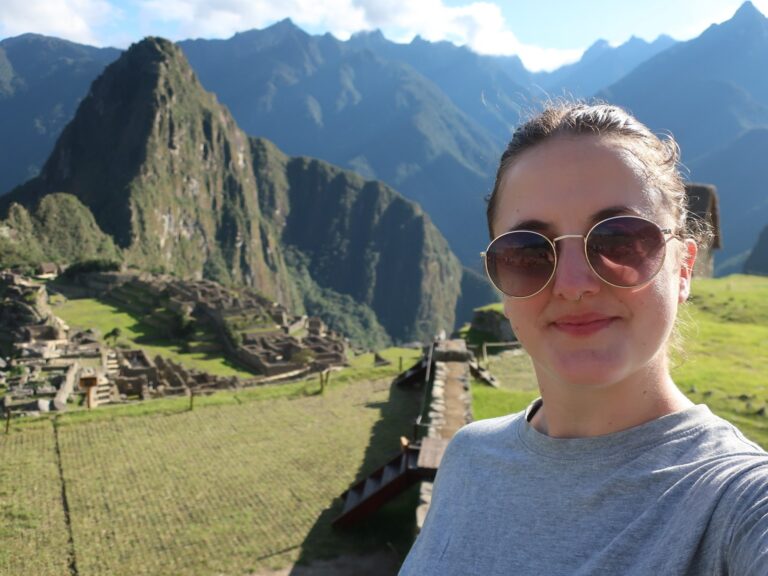19 Tips for Backpacking South America
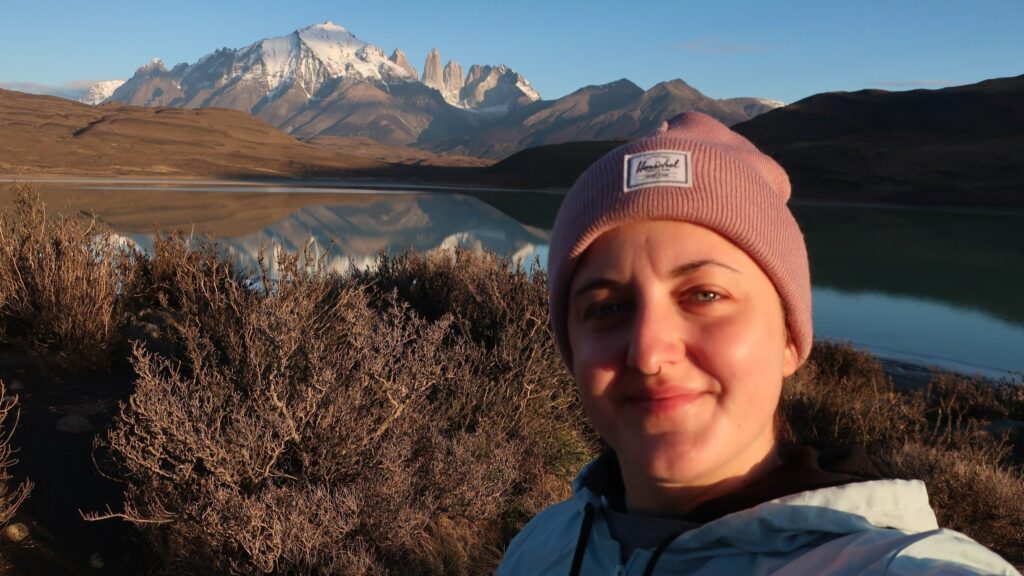
In the spring of last year, I spent two months backpacking South America, solo-female style. I made myself a quinoa salad for the airport (well the second one that is), grabbed an Uber, and headed off with one day pack strapped to my front and another to my back (my back still hurts thinking about it). Here are some tips I learned from my 8-weeks abroad:
- If you Don’t Know the Language(s), Keep Some Key Phrases on Hand
- Let’s be honest, when people say to “learn a few phrases” that memorization flies right out of the window as soon as a native speaker opens their mouth. Whether you have an international data plan or like to live on the edge (this is stupidly me 98% of the time), keeping a few key phrases – “hello,” “how are you,” “I need the/a,” “Where is the/a,” “thank you,” “please” – in a notes tab on your phone, accessible offline, will be a lifesaver for you (and your brain). Pro tip: Don’t go crazy, otherwise, you’ll spend more time scrolling and wasting the time of the person likely trying to help you. A few phrases will ease your mind and get you where you need in a pinch.
- Pack Light and Tight
- This may feel obvious but it’s very easy when you’re still at home, to think you need that extra thing. You very very very (get the point?) likely do not. Remember that you will most often be squishing onto a bus, into a hostel room, and, don’t forget, carrying your stuff everywhere. The more efficiently you pack the easier you will be able to get what you need and where you’re going. Not to mention you’re likely going to re-wear the same thing multiple times so… chill on massive variety here.
- Check Packing Travel Restrictions
- Depending on how you are getting from country to country, check travel restrictions and requirements going to and from. For example, many airlines don’t let you travel with hiking poles – with some exceptions – assumingly because it’s seen as a potential weapon. If you’re like me, you may also pack travel utensils… Check. Your. Restrictions. Don’t be like me and leave with a full set and come back with a spoon and straw. Pretty sure each country took a different utensil from me at security…
- Check Carry-on vs Checked Bag Requirements
- If you’ve ever flown on a budget airline, you know that they don’t play when it comes to baggage (and neither do we pro-therapy folks okurr). This may mean that you have to check your backpack – based on your ticket – versus being allowed to carry it on. Knowing this in advance may save you a night’s sleep on say the-table-of-a-closed-restaurant-in-the-Santiago-airport-and-then-the-floor-because-you’re-not-allowed-to-check-your-bag-until-four-hours-in-advance-of-your-trip-but-you-got-in-the-night-before-and-this-is-just-a-connecting-flight. Phew. Yeah, I was tired too and kinda wished I sorted a better ticket (or found a proper place to sleep for the night).
- Carabiners are your Best Friends
- I have many favorite travel “must-packs” but I feel 99% confident saying that carabiners are likely in my top three. Shoes don’t fit in your pack? Carabiner them on the outside. Purchased some souvenirs that you don’t have space for? Carabiner them on the outside. Keep in mind that if you are flying budget airlines – and to be honest even if not (I’m looking at you United) – they can be very particular about bag sizes and allowances. A lot of times having something literally hooked onto your bag will fly (pun intended), whereas holding it in your hand won’t.
- Cash is Queen
- In most places, having coins and cash on hand is imperative. You’re not going to be as likely to find a cab with a card machine inside. This is where you really appreciate the European Union and, not always but often, a singular currency. Make sure you get $25-$50 out in the respective currency for each country, ahead of leaving the airport/bus station/etc. Just be extremely cautious with both your belongings and your transactions. You never know who’s watching.
- Keep Your Belongings on You at All Times on Public Transport
- Unless you are taking a bus and they require you to put your larger pack underneath. Keep all your belongings on you as possible. You will likely be taking buses, at least within a country if not from one to the next, do not ever put your bags on the floor. I can’t tell you how many times I was warned and how many stories I was told, especially in Ecuador, about how clever other passengers are at stealing your stuff. I met a woman in my hostel in Quito who was sitting next to her Dad on the bus, decided to put her backpack between her legs on the floor and even had a part of it looped around her – she didn’t notice until she got to her accommodations that night that her phone and wallet were stolen from her pack.
- Hostel Location is Key
- We all want a great location for wherever we’re staying but it’s especially crucial when traveling (especially solo) in South America. You’ll often notice that main businesses are closed before nightfall with full gates down on their doors. This isn’t to scare you but to for example, if you’re out for dinner one night, make sure that it’s easy and fairly quick for you to return to your accommodation post-meal. Or eat earlier.
- Tip on Tours, Even if No One Else Does
- Make sure that you have a few bucks handy to give to your tour guide (which, keep in mind, is often split with the driver). In my experience, the tours were very thorough – even if the bus was a bit nauseating. They often translate on the spot to different languages, and they have a very firm grasp not only of their own culture but relevant cultures from those likely in the tour group, to apply some relatability to the sites visiting. Sadly, it’s easy to get off the bus, thank them, and walk away – especially if that’s the majority – but making it a priority to keep cash on hand as an added thank you, is an important way for great tour guides to stay in business and keep doing the job well.
- Know Your Level of Hiking Ability
- This is honestly true of a lot of international locations outside of the U.S. and holds for South America. Everyone’s level of difficulty varies based on your body, how often you hike, fitness level, etc. but that plays a key role in the hikes you choose and who you are hiking with. I did a waterfall hike in Ecuador that I would have labeled as hard, but others thought it was easy to moderate (depending on who you asked). Maybe it was the fact that I am 5’4” and shorter than most people I asked (and there were quite a few high and low spots to get over/down), maybe it was my fitness level at the time, maybe it was the knee injury I got in high school that never feels fully stable to this day, or maybe… just maybe… it was a harder hike than average (plus the previously mentioned things). As an additional note, the safety protocols might also be different than what you’re used to. For instance, you may be scooting along on the edge of a watery, rocky wall with a thin rope that’s screwed into said wall to hold onto while you try to find your footing on jagged rocks. Or you may hike mountains that have absolutely no barrier on the trail between you and a deadly drop. Casual.
- Learn the Culture from Locals (and Support Them)
- One of my favorite experiences on my trip was in Rio de Janeiro when I did a walking tour through the Vidigal favela. When you visit Rio, you can’t miss the different favelas located within the hills all across the city. Favelas are working-class towns, often referred to as slums, located on the outskirts of the city. They are rich in culture and art and though there are plenty of harsh realities within them, there is also so much beauty and a strong sense of community that is incredibly impactful to witness firsthand. The tour I found was put on by two locals who lived within the favela and were actively giving back to it through the tour proceeds. Additionally, they worked within the community to set up events supporting the people and families within, like their annual children’s day.
- Please note: do not go walking around a favela without a tour guide. This is incredibly stupid, very dangerous, and can be seen as disrespectful. Also, be sure when you book your stays that you’re not accidentally staying within a favela (or in a place where you’d have to walk through one to get to/from). There are a lot of people coming in with money and trying to refurb homes to rent them out in these areas – which often have stunning views. Not only is this potentially dangerous for you, but it’s also these types of builds that are harmful to those who live within the community as they often get displaced by them.
- One of my favorite experiences on my trip was in Rio de Janeiro when I did a walking tour through the Vidigal favela. When you visit Rio, you can’t miss the different favelas located within the hills all across the city. Favelas are working-class towns, often referred to as slums, located on the outskirts of the city. They are rich in culture and art and though there are plenty of harsh realities within them, there is also so much beauty and a strong sense of community that is incredibly impactful to witness firsthand. The tour I found was put on by two locals who lived within the favela and were actively giving back to it through the tour proceeds. Additionally, they worked within the community to set up events supporting the people and families within, like their annual children’s day.
- Pack for Multiple Climates
- This was one of the trickiest parts of fitting all your belongings into a backpack. I went from walking around in a skirt in Buenos Aires and sunbathing on a beach in Rio to wearing every single layer I had brought with me, in Torres Del Paine (Chile). Figure out a baseline for what you’re planning to do on your trip and pack layer-able clothing accordingly.
- Prepare to Get Damp
- If you’re like me and traveling to Ecuador during April, that’s the rainy season in case you didn’t know. Packing clothes that are breathable and dry fast is key – especially when you are likely bouncing from one place to the next and won’t have a ton of drying time. The two items I wore the most on my trip were breathable hiking pants and a packable rain jacket that I could easily roll up into my bag.
- Protect your Belly
- I seem to be someone who has stomach troubles on most trips – even within the country I live in (the U.S.) – who knows, my belly just likes to test my bowel functions. Anywho, be that as it may – I got the worst case of food poisoning I’ve ever had in Ecuador that lasted the majority of my trip. I ended up having to go to an urgent care-like place in Peru to get bloodwork taken and prescriptions. Based on that experience I would highly recommend avoiding all raw foods – I think I got mine from some raw vegetables on these DELICIOUS arepas I had in Baños. Additionally, packing some probiotics and some anti-diarrhea medicine will go a long way. Not to mention some Vaseline…
- Understand the Currency and Budget Accordingly
- Simply put, at present your “dollar” will go a lot farther in Ecuador than in Chile. Knowing what the local currency converts to and planning accordingly will save you a lot of money.
- Know When Shops Are Open
- One thing I noticed as a recurring trend was that a lot of places would be closed around lunchtime, often for a few hours. Don’t be like me wandering around Puerto Natales trying to find a tour agency only to be walking through what felt like a ghost town (until later).
- Keep your Plans Loose (as possible)
- While I did have my flights booked from country to country and my first hostel stay confirmed, that was it. Highly unlike my Type A self. Do your research – as some things and places will book up in advance – but for the most part this paid off in waves for me. You not only learn things from place to place – like what to keep an eye out for, the best things to do, not to mention just needing a break from the bunkbed world for a few nights – but also open yourself up for amazing opportunities that you hadn’t even thought of. I ended up at a beautifully remote, peaceful hostel in Cotopaxi, Ecuador after my initial stay in Quito, because I said “yes” at the moment. It was one of the highlights of my trip and I even met people who I ended up re-meeting with in Chile!
- Put on your Extrovert Cap and Meet New People
- Get uncomfy with being uncomfortable – it’ll pass. I too love to be alone and honestly thrive in that space but this is your opportunity to meet people from all over the world, in the same boat as you, and GROW. It’s the coolest thing to learn about other cultures from those people directly but it’s also really nice to have a walk-around-town buddy. Believe me, you’ll have plenty of alone time – take advantage of the community when you have it.
- Say YES
- You hear it often but it’s so true, this is your biggest opportunity to expand your horizons – especially if you are traveling solo. Say “yes” to adjusting your plans, grabbing food with someone you don’t know, tango class with your host, and even staying up when you feel tired (I know, I know). I promise those are the moments that will make your trip and be the memories that live with you the longest.
Honestly, I could write so many more things but I’ve got other things to do! For some additional context, I started my journey in Quito, Ecuador, and then worked my way to Rio de Janeiro, Brazil (Ecuador > Peru > Chile > Argentina > Brazil) for two months. I hope this list helps ease some of your anxieties around backpacking South America.
Have the best time and tag @accentgolden during your travels if you utilize any of these tips!
